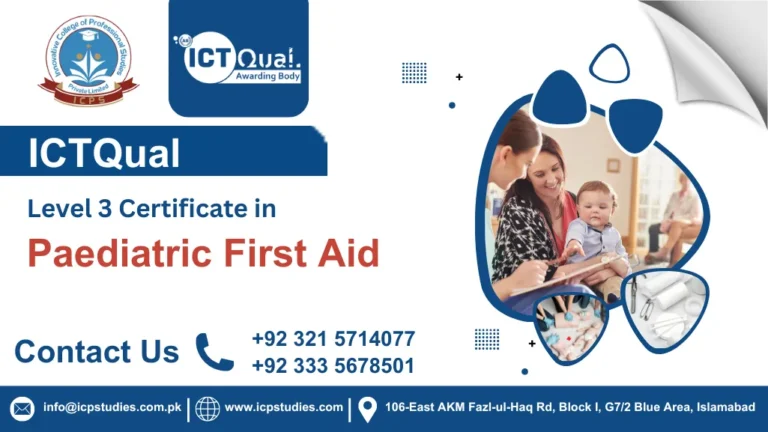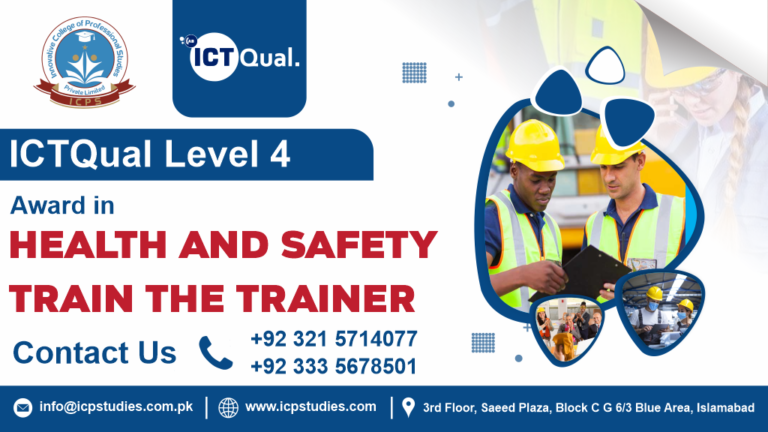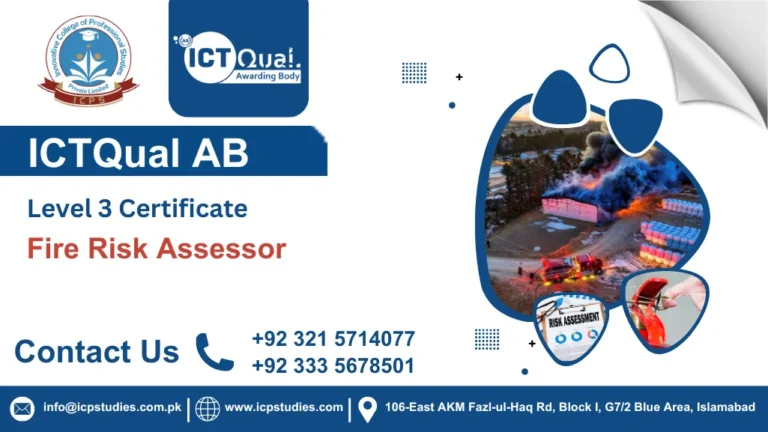In high-risk environments where breathable air is compromised, the ability to navigate safely and effectively can make all the difference. Enter the Level 2 Award in Breathing Apparatus—a certification that stands as a beacon of expertise and preparedness in industries where respiratory protection is paramount. Today, we explore the significance of this qualification, its core components, and why it’s essential for professionals in various sectors.
The Level 2 Award in Breathing Apparatus is not just a certification; it’s a testament to an individual’s proficiency in using respiratory protective equipment (RPE) to navigate hazardous atmospheres safely. Accredited by reputable bodies, this qualification ensures that holders have undergone rigorous training and assessments to handle challenging environments effectively.
The Level 2 Award in Breathing Apparatus is a cornerstone qualification for professionals who prioritize safety and preparedness in hazardous environments. Whether safeguarding lives during emergencies or ensuring compliance with safety standards in routine operations, this certification underscores the commitment to maintaining a safe working environment.
All About ICTQual Level 2 Award in Breathing Apparatus
Course Overview
The “Level 2 Award in Breathing Apparatus” is a specialized certification designed to equip individuals with the knowledge, skills, and competence to safely operate and maintain breathing apparatus (BA) in environments where breathable air is compromised. This qualification is crucial for professionals who work in industries and roles where respiratory protection is essential due to hazardous atmospheres, such as firefighting, emergency response, industrial cleaning, and hazardous materials handling.
The Level 2 Award in Breathing Apparatus typically involves practical training sessions alongside theoretical instruction to ensure participants can confidently and effectively manage respiratory protection in hazardous conditions. Accredited by recognized bodies, this certification signifies that individuals have met the necessary standards of competency and safety required for handling breathing apparatus in their respective industries.
Study Units
- Introduction to Breathing Apparatus
- Respiratory Hazards and Risk Assessment
- Breathing Apparatus Operation
- Emergency Procedures and Rescue Techniques
- Maintenance and Servicing
Admission Criteria
The Level 2 Award in Breathing Apparatus is specifically designed for individuals who work in or aspire to work in environments where respiratory protection is critical. This includes but is not limited to:
- Firefighters and Rescue Personnel: Those who respond to fires, hazardous material incidents, and other emergencies where smoke, toxic gases, or oxygen-deficient atmospheres are present.
- Emergency Response Teams: Professionals involved in emergency medical services (EMS), disaster response teams, and search and rescue operations where respiratory hazards may be encountered.
- Industrial Workers: Individuals working in industries such as chemical plants, oil refineries, confined spaces, and manufacturing facilities where exposure to toxic gases or oxygen-depleted atmospheres is a potential risk.
- Hazardous Materials Handlers: Personnel responsible for managing and cleaning up hazardous materials spills or leaks, requiring respiratory protection to prevent exposure.
- Health and Safety Officers: Professionals responsible for ensuring workplace safety, conducting risk assessments, and implementing control measures related to respiratory hazards.
- Facility Maintenance Personnel: Workers involved in maintenance activities within environments that may expose them to respiratory hazards, such as cleaning ducts or confined spaces.
- Utilities and Infrastructure Workers: Employees working in utilities sectors (e.g., water treatment plants, sewer systems) or infrastructure projects (e.g., tunnels, bridges) where breathable air can be compromised.
- Security and Law Enforcement Personnel: Officers who may encounter hazardous atmospheres during emergency response situations or tactical operations.
- Environmental Technicians: Individuals conducting environmental monitoring or remediation activities in contaminated areas where respiratory protection is necessary.
Ideal Candidate
Entry requirements for the Level 2 Award in Breathing Apparatus course typically include:
- Minimum Age: Participants are generally required to be at least 18 years old due to the nature of the training and the responsibilities involved in operating breathing apparatus in hazardous environments.
- Health and Fitness: Due to the physical demands of wearing and operating breathing apparatus, participants may need to meet specific health and fitness criteria. This ensures they can safely perform tasks and respond effectively during emergency situations.
- Basic Literacy and Numeracy Skills: A basic level of literacy and numeracy is often required to understand course materials, safety instructions, and operational procedures related to breathing apparatus.
- Previous Experience or Qualifications: While not always mandatory, some courses may prefer participants to have relevant experience in industries where respiratory protection is necessary, such as firefighting, emergency response, industrial cleaning, or hazardous materials handling.
- Language Proficiency: Participants may need to demonstrate proficiency in the language of instruction to understand course content and safety protocols effectively.
- Health and Safety Awareness: Awareness of health and safety practices, particularly related to hazardous environments and respiratory protection, is beneficial for participants undertaking this course.
Learning Outcome
Introduction to Breathing Apparatus
- Understand the purpose and importance of using breathing apparatus in environments where breathable air is compromised.
- Identify different types of breathing apparatus systems and their components.
- Explain the principles of respiratory protection and the role of breathing apparatus in mitigating respiratory hazards.
2. Respiratory Hazards and Risk Assessment
- Identify common respiratory hazards present in various work environments, such as toxic gases, smoke, and oxygen-deficient atmospheres.
- Conduct risk assessments to evaluate potential respiratory hazards and implement control measures.
- Interpret safety data sheets (SDS) and other relevant documents to assess the risks associated with hazardous substances.
3. Breathing Apparatus Operation
- Demonstrate proficiency in the correct procedures for donning, doffing, and operating breathing apparatus equipment.
- Conduct pre-use checks and inspections of breathing apparatus to ensure operational readiness.
- Utilize breathing apparatus systems effectively to maintain adequate respiratory protection in different operational scenarios.
4. Emergency Procedures and Rescue Techniques
- Implement emergency response protocols while wearing breathing apparatus, including communication methods and incident management procedures.
- Demonstrate effective rescue techniques for removing individuals from hazardous environments using breathing apparatus.
- Collaborate with team members to execute emergency evacuation and rescue operations safely and efficiently.
5. Maintenance and Servicing
- Perform routine maintenance, servicing, and cleaning of breathing apparatus equipment according to manufacturer’s guidelines and regulatory requirements.
- Conduct periodic inspections and functional tests to ensure the reliability and functionality of breathing apparatus.
- Identify and troubleshoot common issues with breathing apparatus equipment and initiate appropriate corrective actions.
FAQs about ICTQual Level 2 Award in Breathing Apparatus







